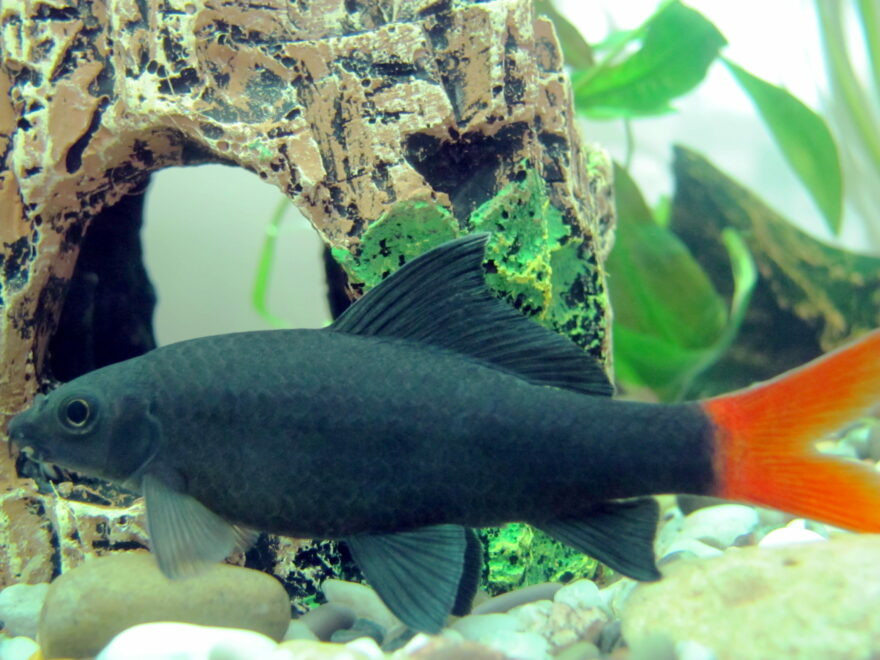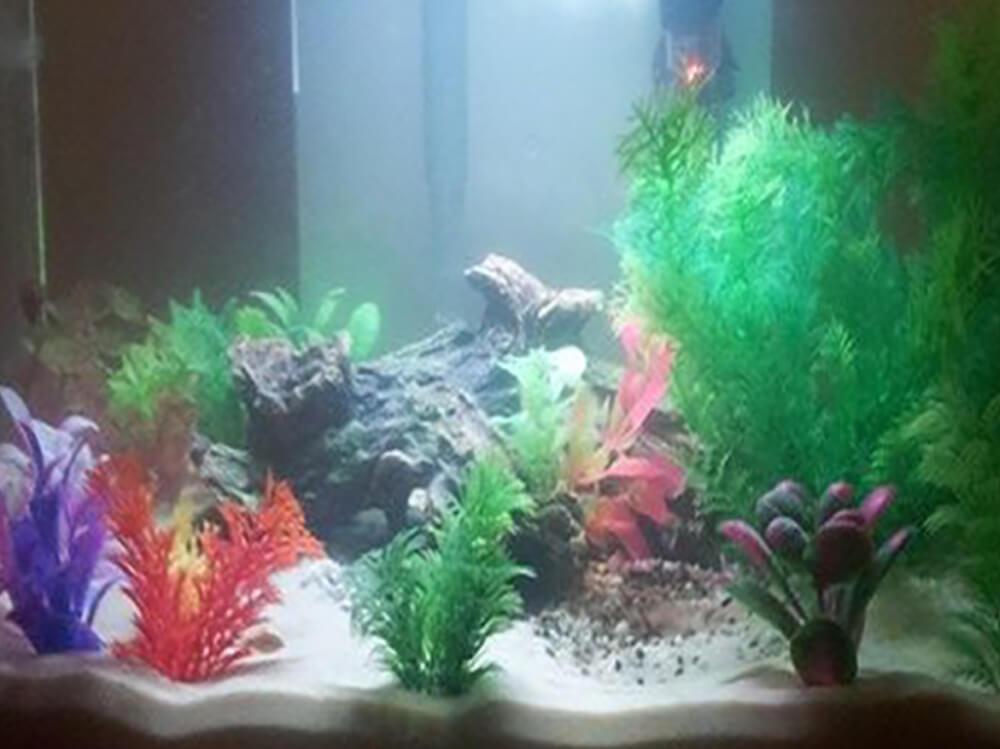Common first fish tank mistakes
New to fishkeeping? Here's the Swell Guide to avoiding all those common mistakes and easing your first few days, weeks and months of first time fishkeeping.
Starting Small
When buying a fish tank for the first time, many people assume that it's best to start of small. Dipping their toes (not literally of course!) in the water and trying things out before gradually expanding on their new hobby once they know what they're doing. But in most cases, a small aquarium can actually be more difficult to maintain than a large one.
Small aquariums require a lot of attention to keep the water clean and to keep your fish healthy. When the water volume is small, there is little room for error and a bit of dirt and waste can soon grow rapidly and overwhelm the tank. We, therefore, advise first-time aquarium owners, a fish tank of 80cm or above. Of course, you can go smaller if you wish, but it will require regular water changes and test kits to keep an eye on water quality.
Adding Fish Straight Away
So you've bought your aquarium and have set it up in a lovely spot in your living room, you're probably dying with anticipation and eager to throw some fish in straight away. This is a bad idea! As keen as you are to get started and sit back as your aquarium flourishes, this simply won't happen if you don't take time to allow your water to stabilize and acclimatise your fish to the tank.
We won't bore you with too much science or water chemistry, but if you put your fish in the tank too early it's likely they will find themselves swimming among harmful chemicals and heavy metals. We recommend waiting about five days or so before adding your fish, to give your fish tank equipment such as your heater and fish tank filter time to get to work and perfect the quality of the water before you fill it with life. It's also a good idea to only add a few fish at a time.
Putting Incompatible Fish Together
Many watch Finding Nemo and dream of re-creating the dentist's fish tank - a clownfish, puffer, star fish, tang and cleaner shrimp all in the same aquarium. But of course, this is not to be! Different fish have different needs and requirements and therefore many fish cannot be placed together in harmony - some may even fight or eat each other! Do a little research to find fish that are compatible to avoid any incidents.

Overfeeding
Overfeeding fish is a common problem. Particularly when kids are involved, as they all want to have their turn. Try to let just one child feed the fish each day, to avoid any squabbles. Fish are greedy and will seek food all the time, but while they might appear to be hungry, this doesn't necessarily mean they need feeding. Overfeeding can be bad as left over food will sink to the bottom of the tank and pollute it, as will the increased waste produced as a result of the fish eating too much.
Not Testing the Water
Testing the quality of the water may sound complicated and something better left for the experts, but this isn't the case. Test kits can help to notify you if a problem arises in the early stages, it's a good idea to conduct these regularly so that you can act upon any problems before they escalate.
Not Changing the Water
It's also important to change the water on a regular basis. Waste will inevitably build up in the tank and when this happens you can usually remove it by vacuuming the gravel with a fish tank gravel cleaner and doing a partial water change. Your fish won't necessarily die if cleanliness isn't up to scratch but they will be stressed by the water conditions and more susceptible to illnesses.









